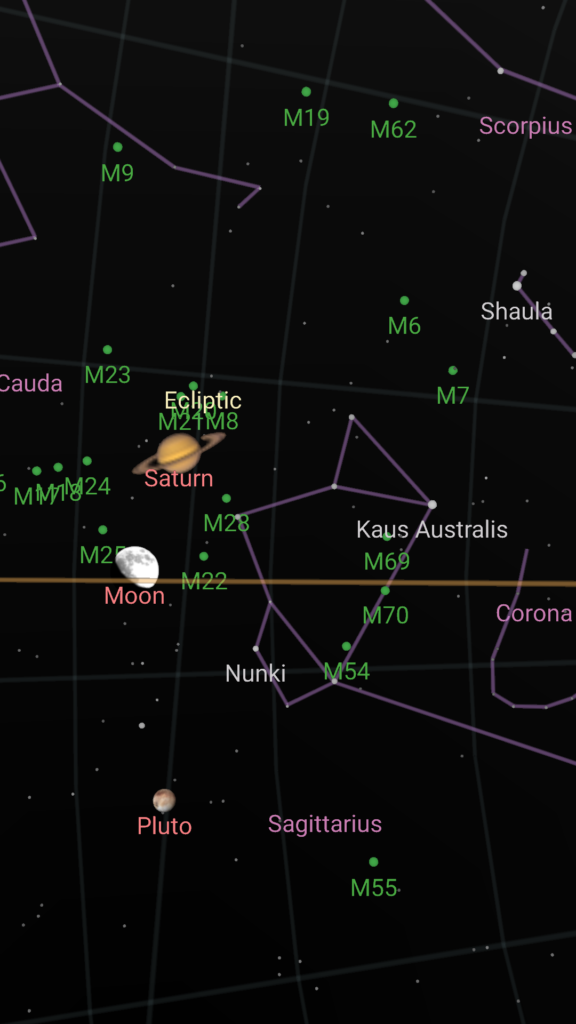
Taking pictures after dark can create really powerful images. Have you ever wondered how they’re captured?
If you own a camera with some basic manual controls, my latest photography blog post can help you figure out how to take great long exposure shots. I detail all the equipment you’ll need, all the settings you’ll need to adjust, and how to determine the length of exposure. This can be a great way to enjoy the night sky with friends and family.
Earlier this month I was reading an article about how five planets – Mercury, Venus, Jupiter, Saturn and Mars – would be visible on a clear night, no telescope required.
The article provides a guide to how you could find the planets in the night sky without any other aids, but that can be tough sometimes. If there are scattered clouds in the sky, some of the markers in the sky will be hidden.
There are some great smartphone apps available to help figure out what you’re looking at. Sky Map is one example, and it’s free. It can help you find planets, stars, nebulae, and more. All you have to do is point the phone towards the region of sky you’re curious about, and the screen displays a labelled map. It’s a form of augmented reality.

You can also search for specific objects – such as a planet – and the phone will guide you where to look. The app uses a phone’s GPS, compass, and gyroscope to orient the screen. Try it out!